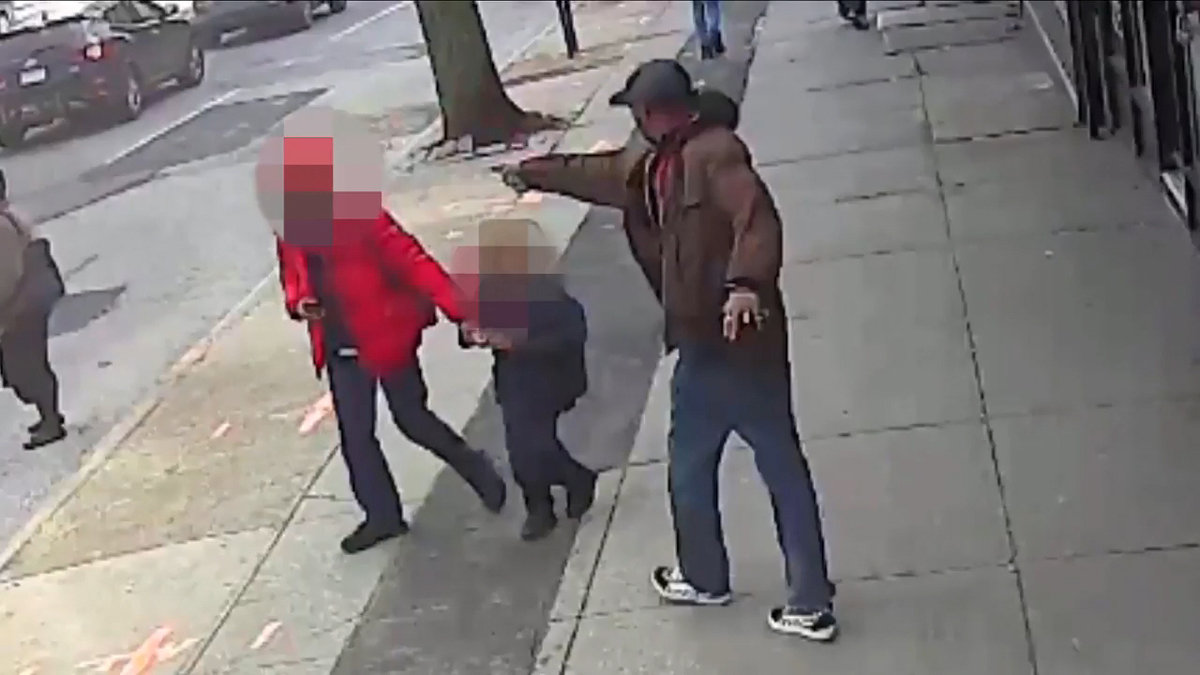
By Bryan Woolston and Jonathan Allen
LOUISVILLE, Kentucky (Reuters) – Two white police officers who fired into the apartment of Breonna Taylor, a Black medical worker, will face no charges for her death because their use of force was justified, but a third will be charged with the wanton endangerment of her neighbors, the state attorney general said on Wednesday.
Attorney General Daniel Cameron announced the Louisville grand jury’s decision at a news conference as protesters against racial injustice and police brutality massed on city streets.
Former Detective Brett Hankison’s indictment for wanton endangerment in the first degree represents the lowest level of felony crime in Kentucky and carries a maximum sentence of up to five years in prison.
Benjamin Crump, a civil rights lawyer representing the Taylor family, said it was “outrageous” that none of the officers would be criminally charged for Taylor’s death.
Taylor, 26, was killed in front of her armed boyfriend shortly after midnight on March 13 at her Louisville apartment after Hankison and his two colleagues forced their way in with a so-called “no knock” warrant.”
The two other officers, Sergeant Jonathan Mattingly and Detective Myles Cosgrove, were not charged because they were justified under Kentucky law in returning fire after Taylor’s boyfriend, Kenneth Walker, shot at them, wounding Mattingly in the thigh, Cameron said.
“There is no doubt that this is a gut-wrenching, emotional case,” Cameron, a Black Republican, said at a news conference.
Hankison fired his weapon 10 times. Some of the bullets traveled through Taylor’s apartment into adjacent apartment three, where a man, a pregnant woman and a child were at home.
There was “no conclusive” evidence that any of Hankison’s bullets hit Taylor, Cameron said.
Organizers of the protests against police brutality that have become a daily occurrence expressed frustration at the outcome.
“Tonight, tempers may flare,” said community organizer Reece Chenault, 40. “People are going to be sad and I think you are going to see a lot of tears with folks who are marching.”
About 400 protesters wound their way out of downtown Louisville’s Jefferson Square Park and marched through the streets chanting, “Out of the homes, into the streets!”
‘WANTON MURDER,’ LAWYER SAYS
“If Brett Hankison’s behavior was wanton endangerment to people in neighboring apartments, then it should have been wanton endangerment in Breonna Taylor’s apartment too,” Crump said. “In fact, it should have been ruled wanton murder!”
Ahead of the announcement, Louisville Mayor Greg Fischer announced a 72-hour curfew for the city beginning at 9 p.m.
“I urge everybody to choose peaceful and lawful protest,” Fischer, a white Democrat, said shortly before the announcement.
The three officers involved in the raid knocked on Taylor’s apartment door and announced their presence outside, which was corroborated by a neighbor who witnessed the arrival, Cameron said. Getting no answer, they “breached the door,” he said.
Mattingly entered first, and at the end of a corridor saw Taylor and her boyfriend, Kenneth Walker, with Walker pointing a gun.
Walker fired, injuring Mattingly in the thigh. Mattingly returned fire, and his colleagues began shooting soon after, Cameron said. Hankison fired 10 bullets, Cameron said.
Six bullets hit Taylor, Cameron said, contradicting reports she had been hit five times. Ballistics investigators found only one shot, fired by Cosgrove, was deadly, Cameron said.
In June, the Louisville Metro Police Department fired Hankison with Interim Police Chief Robert Schroeder writing that Hankison “displayed an extreme indifference to the value of human life” when he “wantonly and blindly fired” into Taylor’s home.
The department reassigned Mattingly and Cosgrove to administrative duties.
Louisville police obtained the warrant to enter Taylor’s apartment from a judge as part of an investigation into a drug ring at another house elsewhere in Louisville. They told the judge that they believed that one of the men suspected of selling drugs had used Taylor’s apartment to receive packages.
Taylor had previously dated a suspected drug seller but had severed ties with him, according to her family.
She and Walker, were in bed when police broke down her door with a battering ram shortly after midnight, the families’ representatives have said.
Walker has been charged with attempted murder. His lawyer has said there is evidence the bullet in Mattingly’s thigh was shot by one of his colleagues, not by Walker, but Cameron disputed this on Wednesday.
Images of Taylor have become a familiar sight at ongoing protests against police violence in cities across the United States. Last month, television mogul Oprah Winfrey featured an image of Taylor on the cover of O, the Oprah Magazine.
Louisville has agreed to pay $12 million to Taylor’s family to settle a wrongful-death lawsuit, Mayor Fischer announced earlier this month.
(Editing by Cynthia Osterman)














